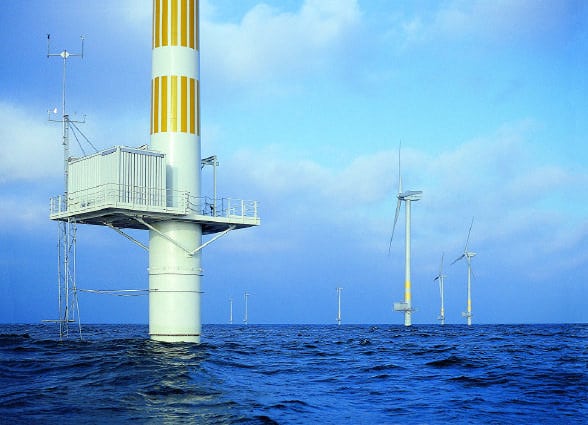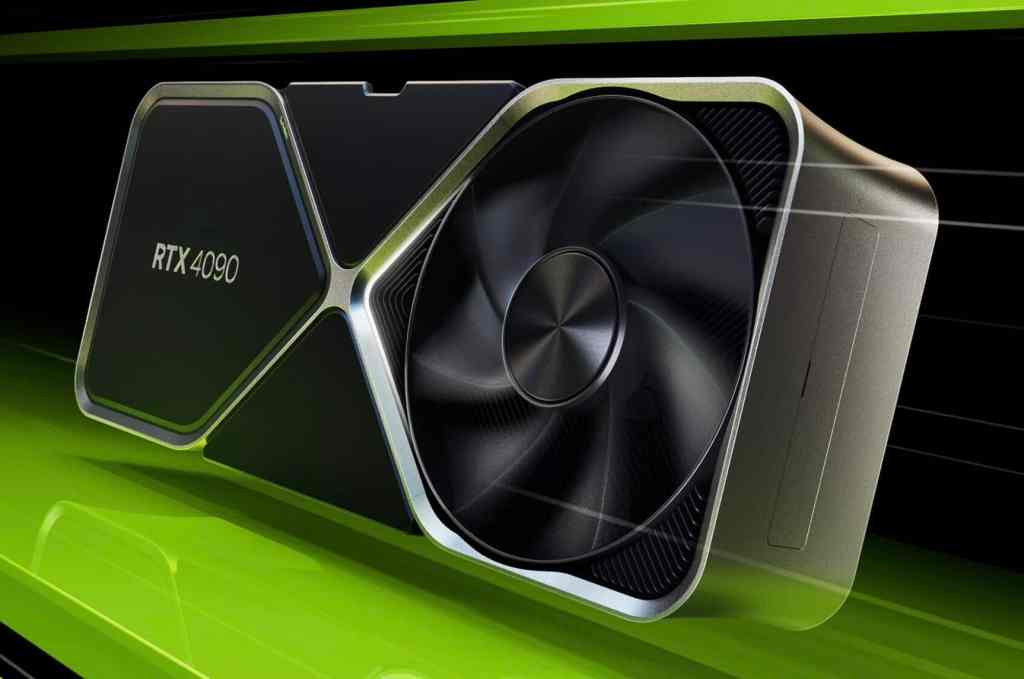In a sleepy, 9:00 AM session on the Wednesday of GDC 2023, Xbox dropped a climate bombshell.
Together, Epic Games and Microsoft, with their new tools, had saved the collective players of Fortnite somewhere around 80 MWh a day of power – that’s about $20,000 USD worth of power (using California’s power price) or the same amount as is daily produced by the Utgrunden wind farm in Sweden.

Yes, Fortnite basically built the equivalent of a small wind farm with software And they did it, more or less, without anyone even noticing. The changes are almost imperceptible, and yet here they are.
How did they do it? With some smart hardware telemetry, and new back-end tools for game developers that allow them to measure, in real time (down to the millisecond), the effects of code changes on the power consumption of Xbox console hardware.
So what?
This is really important because playing video games, unlike playing board games or playing sports, cannot happen without electricity. For most of the world, the electricity it uses is still provided by burning fossil fuels, and will be for at least the next few years as the transition to renewables speeds up.
In the context of a world rapidly running out of the remaining carbon budget to keep under 1.5ºC of warming, reducing energy consumption and improving the efficiency of our devices is one of just a few unambiguously positive things that we can do for the climate.
There are tens of, if not hundreds of millions, of gamers across the world, so how much electricity a given game or console uses actually matters. It adds up to some serious emissions. For example, a 2019 study found that the total power used just by gaming in the United States for one year was around 34 TWh of power – $5 billion dollars worth of electricity.
The carbon cost of all this gaming is substantial, calculating the cost to the planet at ’24 MT/year of associated carbon-dioxide emissions equivalent to that of 85 million refrigerators or over 5 million cars.’
The real-world case studies
In Xbox’s GDC session, we were shown two examples of games that had already made big total power and emissions savings through tiny, imperceptible tweaks. 343 Industries showed some of their research on the power consumption of Halo Infinite, testing assumptions about the effects of framerates and resolution on overall power.
343 found power is largely frame rate and resolution (nice confirmation) pic.twitter.com/cvqxOUPk0F
— AfterClimate (@afterclimate) March 22, 2023
Sensibly, the studio focussed efforts on parts of the game where players are not likely to notice (or care) about small reductions in visual fidelity, or lower frame rates. Players in menu screens, for instance, don’t need a performance of 120 frames per second. Similarly, there’s no point in rendering a full 4K resolution image when it’s obscured by a pause screen. In both cases, you barely notice a difference, but the Xbox console itself is doing noticeably less work, and saving real power.
Likewise, in Fortnite, engineers at Unreal experimented with similar optimisations in frame rate and resolution. With a game that looks like Fortnite (i.e. not photorealistic) you can pretty comfortably get away with rendering lower resolutions and scaling up.
Read: Environmental efforts of video game companies assessed in new report
Looking at player behaviours in the game, they also saw that many players were spending a lot of time on idling on certain menu screens. Between rounds, players would often go off and have a break, make a drink, have a meal, etc. – just generally being away from the PC or Xbox. This means they aren’t even there to see any changes to image quality or framerate – so they added in basic functionality, so that after 1 minute of inactivity, Fortnite starts to lower its menu FPS and image quality, which comes back when the player is no longer inactive.
These smart, little changes only saved perhaps 9-16 watts of power per player which, on their own, doesn’t seem like much. But the aggregate effect across the entire, massive Fortnite player base amounts to real, serious savings for the planet.
This is just the beginning
So what’s next? According to Microsoft, these tools are now available for any Xbox game developer, and the company has offered to integrate them into any game engines – Epic Games, for example, could integrate them into the Unreal Engine, and roll it out to all developers using it. By identifying the parts of games that don’t need to smash the CPU/GPU and draw the maximum power they possibly can, game makers can start to save players (and the planet) real emissions in games.
Xbox’s head of sustainability, Trista Patterson, wants to see these tools taken up by the entire game development community, and for developers to have a more hands-on experience with the energy their software uses.
Read: Xbox introduces ‘carbon aware’ updates for Series X/S console
So far, these results have been achieved with just small investments of time and effort on the part of developers, leading to substantial results already. The next step is to make these tools an automatic, embedded part of game development processes – a plugin or setting in default Unreal or Unity projects that already know the optimal settings for menu screens and other parts of games that can be optimised in these ways.
For the largest game development companies in the world – many of which have already pledged to achieve net zero (if not soon, then at least by 2050) – controlling the emissions of players lies within the scope of their ambition. In this way, at least, the goals of game companies, and the goals of a liveable planet are aligned.
The bigger picture
Even substantial wins, like savings that add up to a small wind farm, aren’t going to get us all the way there. We will still need more efficient gaming hardware and devices, especially for PC – the latest Nvidia 40-series graphics cards are some of the most energy intense hardware we’ve ever seen.

We will also need changes to game distribution, to get rid of the plastic discs and cartridges we’re shipping all around the world. We’ll also still need to make our games hardware last as long as it possibly can, and for it to be repairable, rather than simply having to be replaced as soon as anything breaks.
Sony has been working on its own energy efficiency too, but is it able to offer developers this same level of detail, with real-time measurements on PlayStation devkits and PS5 consoles? If it is, it’s not apparent. The PS5 is still the more power-hungry of this generation’s consoles.
So despite the big gains Xbox was showing at GDC 2023, there’s a huge amount of work still to be done to make gaming a truly sustainable past-time.





